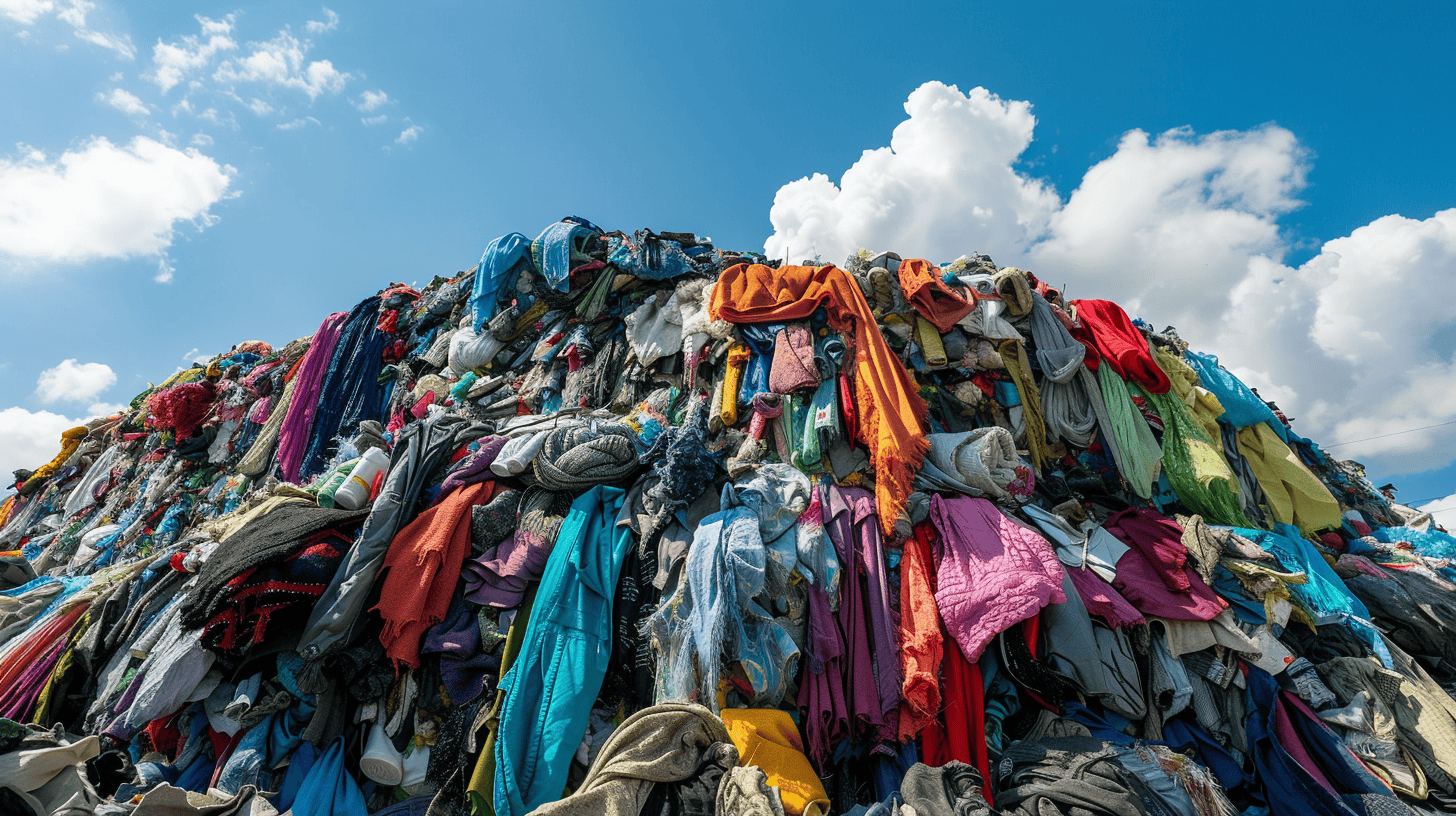
The problem with the fashion world is that something new comes along too quickly. As a result, people throw away older clothes Instead of wearing them a little longer. Another problem is that many of the textile fibers used are difficult to recycle. They are often a mixture of polymers and cotton. Yet the fashion world also understands that it is time for change. Already there are a number of initiatives taking place to manufacture fibers from orange peels or even mushrooms. Scientists from the Institute for Sustainable Communities (ISC), the World Resources Institute (WRI) and Wageningen University and Research (WUR) have demonstrated in a study that more than enough natural fibers can be produced from agricultural waste sourced from South and Southeast Asia.
In the study ‘Spinning Future Threads,’ the scientists examined large agricultural waste streams in eight different countries. They looked at more than forty crops for their suitability for producing fibers for the fashion industry.
Rice straw and banana stalks
Agricultural residual waste such as rice straw and banana stalks can be blended with artificial yarn and natural fibers. The fibers are known to have similar properties to materials currently in use in the fashion industry. The research focused on South and Southeast Asia because these regions are known to produce both crop waste and textiles.
“The textile industry needs more sustainable and renewable raw materials to reduce its ongoing negative impact on the climate,” Paulien Harmsen, senior scientist at Wageningen University & Research, said in a university press release. “We need more biomass as a base material for textiles to transform the existing textile industry. When using new biomass residues for textiles, however, we run into a number of problems. Such as availability and suitability, as well as technological, economic and social challenges. Ultimately, not every source of biomass is suitable for textile applications. Yet this research does offer a promising glimpse into the first steps towards sustainable textiles.”
Fashion revolution
The production of textiles from agricultural waste streams using the raw materials inventoried by this research also has significant social added value. “Fibers based on agricultural residual waste represent a highly promising innovation that could set the next fashion revolution in motion, says Vivek P. Adhia, country director India at ISC. “The time is ripe to reap the benefits. This translates into sustainable fashion, more secure livelihoods in rural areas, and less impact on the environment.”
The study includes a roadmap for cooperation and innovation for the fashion and foodstuffs industries: together, they need to ensure that these alternative feedstocks help the fashion industry achieve long-term sustainable value chains.
Also interesting:
Mycelium (fungal root) poised to make fast fashion sustainable
Citrus fabric gives fashion industry a vitamin boost








